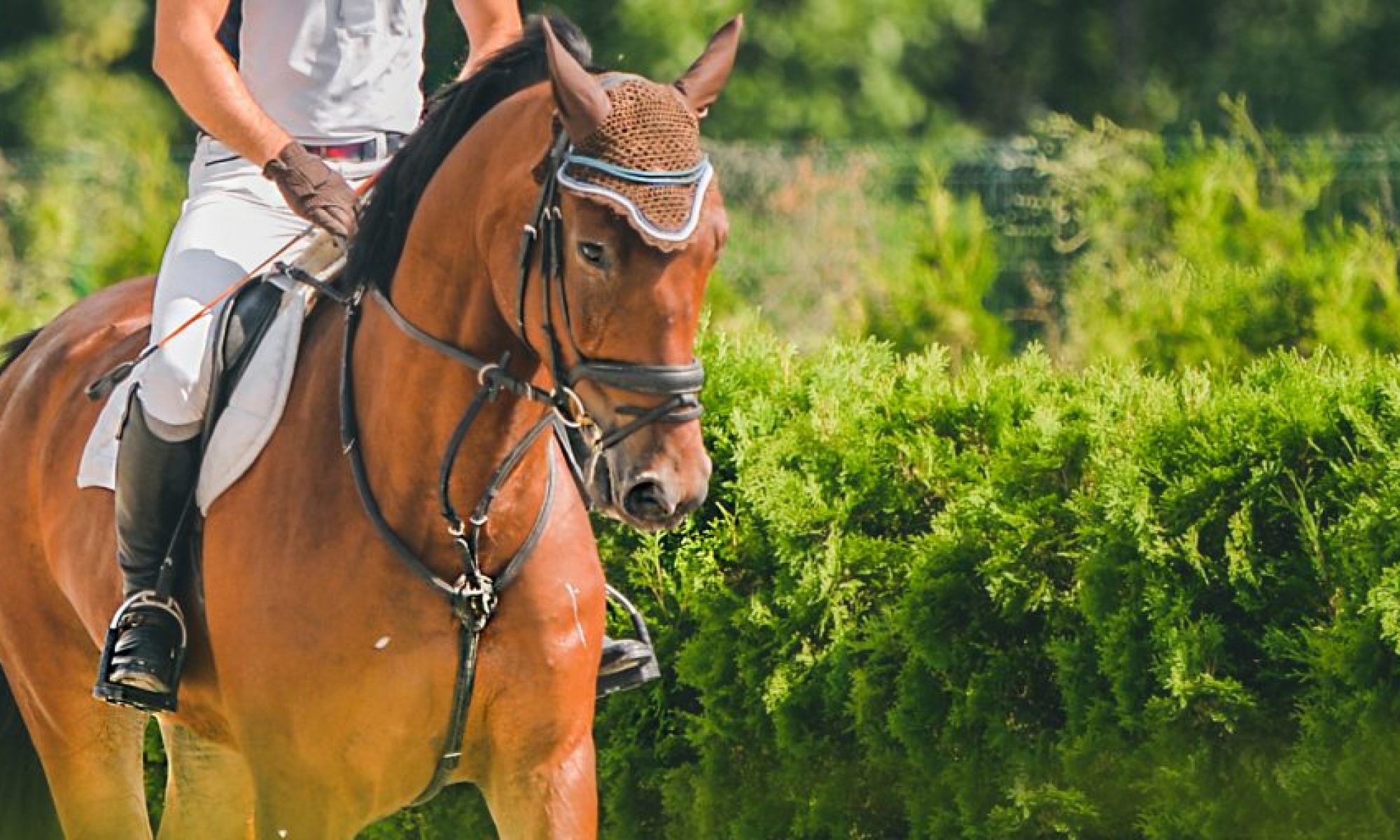Planning a wedding is a joyous and special time in life, but it can be stressful to keep all of the details of your wedding in order.
Vendors, guest lists, gifts, and thank you notes are a few that need to be organized with meticulous care, and in turn, require you to have that knack for detail to keep you on track.
Here are a few organizational tips to make this process easier…
There are some great online tools and apps that can keep your lists organized. I recommend WeddingHappy for staying on track with tasks and AllSeated for visualizing seating charts and venue layouts. You can even organize your entire wedding on Trello, and get a little help writing your thank notes on Postable.
If you are not into using digital tools, old school methods of keeping hand-written lists will work just as well. Use a notebook that has pockets, and dedicate several tabs for each category – vendors, gifts, guest lists, etc. and take copious notes! Make sure to include all of the details like costs, vendor proposals with the scopes of work, and all additional specifics that are pertinent.
To avoid getting endless emails and text messages from guests, use a simple wedding website where they can check out your wedding details. Include important information for your wedding like dates, times, locations, dress codes, registries, transportation and lodging, and a day-of itinerary. Everything that appears on the invitations should be present on the welcome page of the website.
If you do decide to work with a professional planner or coordinator, a traditional wedding etiquette and guidebook (such as The Wedding Book) is an excellent source of information and expert advice, including tips, tricks, and examples of useful timelines and checklists.
This will help you visualize and prioritize your goals without being overwhelmed with all your wedding details all at once.
Try and enjoy your wedding process as much as possible! The tools mentioned above will assist you every step of the way and help
to make your special day an even greater success.
By Lisa Haubenstock
Lisa Haubenstock is a Professional Organizer and owner of LisaTheOrganizer, LLC. A Home Organizing and Relocation Company serving Broward, Miami-Dade, and Palm Beach counties. She is a member of the National Association of Productivity & Organizing Professionals (NAPO). She holds certificates in household management & residential organizing. You can contact Lisa at lisa@lisatheorganizer.com.




































